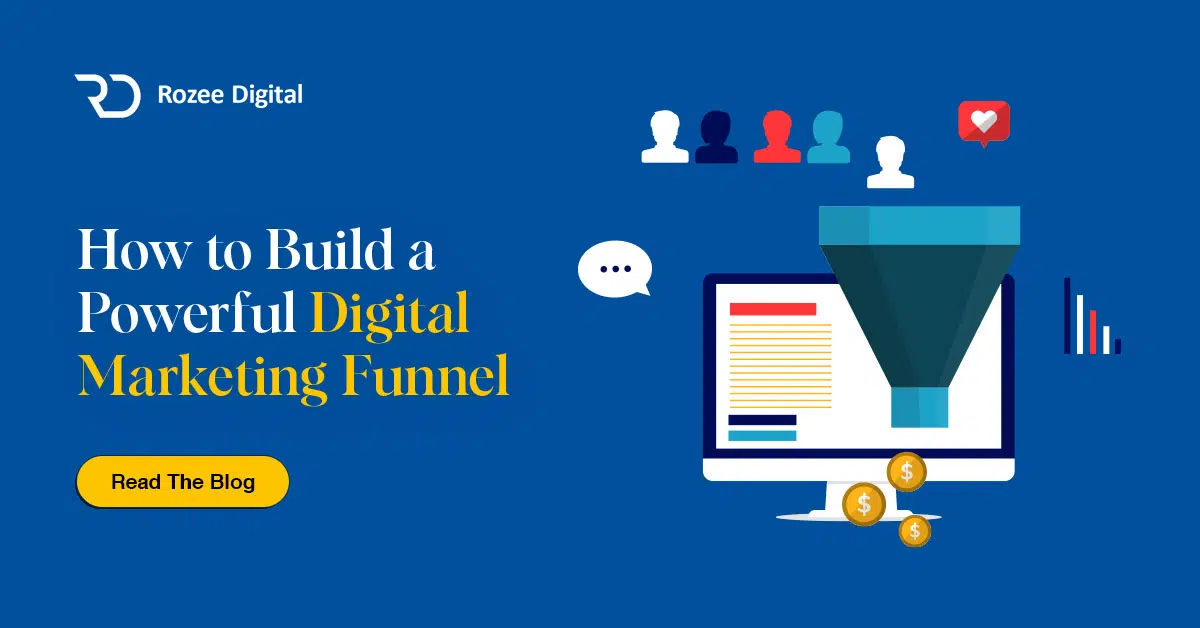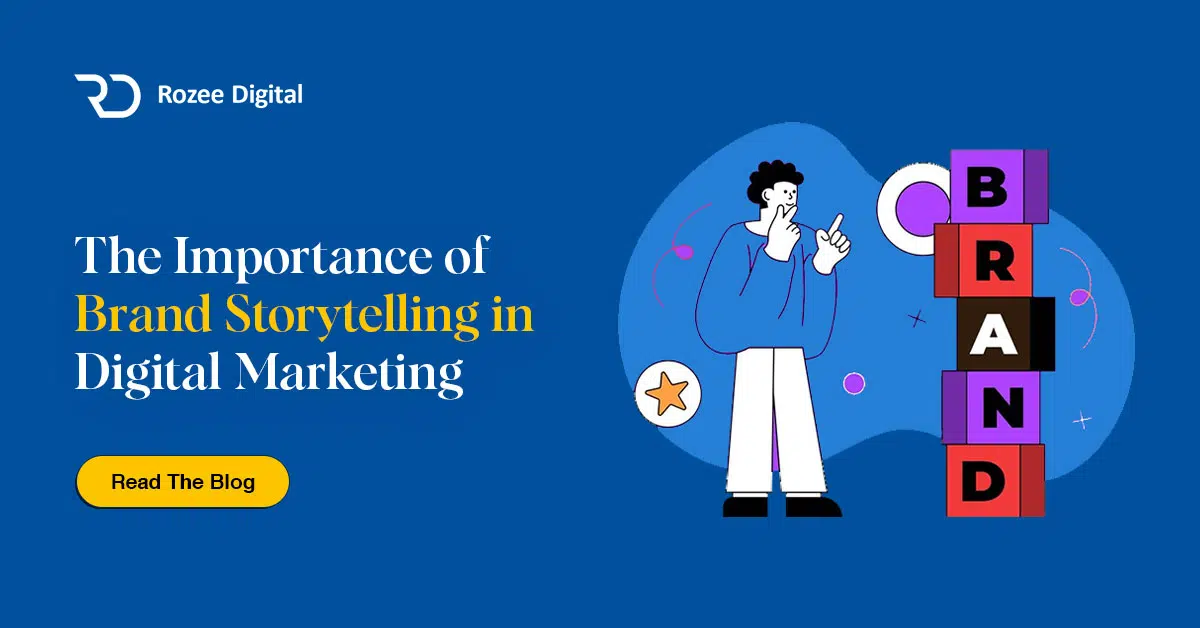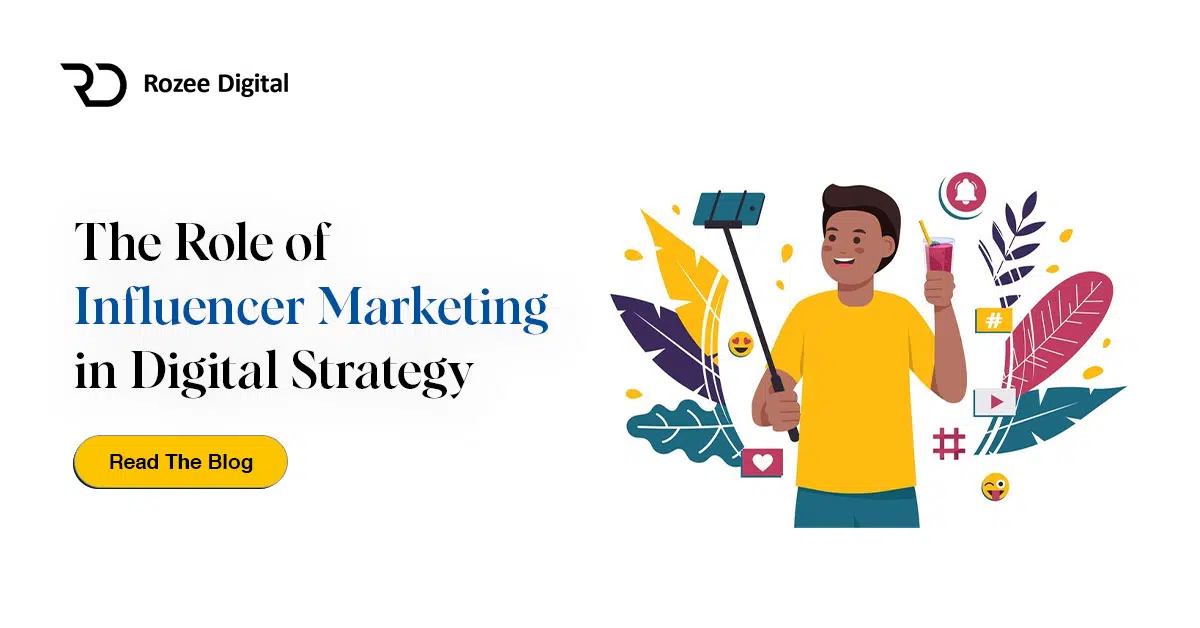The Power of Pay-Per-Click Advertising
In the world of ecommerce, pay-per-click advertising has emerged as a powerful tool for businesses to reach their target audience and drive conversions. Pay-per-click (PPC) advertising allows businesses to place ads across various online platforms and pay only when a user clicks on their ad. This section will provide an introduction to pay-per-click advertising and highlight why it is particularly effective for ecommerce businesses.
Introduction to Pay-Per-Click Advertising
Pay-per-click advertising is a digital marketing strategy that enables businesses to display their ads on search engines, social media platforms, and other websites. The most common platforms for PPC advertising include Google AdWords, Facebook Ads, YouTube Ads, Bing Ads, Instagram Ads, Twitter Ads, and LinkedIn Ads. These platforms offer businesses the opportunity to target their ads to specific audiences based on demographics, interests, and online behavior.
The core principle of pay-per-click advertising is that businesses only pay when someone clicks on their ad, hence the name. This pay-per-click model provides a level of cost control and ensures that businesses are only paying for actual engagement with their ads. Additionally, PPC advertising offers businesses the ability to track and measure their ad performance, allowing for data-driven optimization and decision-making.
Why Pay-Per-Click Advertising is Effective for Ecommerce
For ecommerce businesses, pay-per-click advertising offers a range of benefits that contribute to its effectiveness. Here are a few reasons why PPC advertising is particularly powerful for ecommerce:
- Audience Targeting: PPC platforms provide advanced targeting options, allowing businesses to narrow down their audience based on demographics, interests, and online behavior. This precise targeting helps ecommerce businesses reach their ideal customers and increase the likelihood of conversions. To learn more about audience targeting, check out our article on audience targeting.
- Search Intent: PPC advertising allows businesses to display their ads to users who are actively searching for products or services related to their business. This means that ecommerce businesses can capture potential customers at the exact moment when they are expressing interest or intent to make a purchase. To learn more about search engine marketing, check out our article on search engine marketing.
- Ad Testing and Optimization: PPC platforms offer robust tools for testing and optimizing ads. Ecommerce businesses can experiment with different ad variations, headlines, descriptions, and visuals to identify the most effective combinations. By continuously testing and optimizing their ads, businesses can improve their click-through rates and conversions. To learn more about ad testing, check out our article on ad testing.
- Remarketing Opportunities: PPC advertising allows businesses to retarget users who have previously interacted with their website or shown interest in their products. This remarketing capability enables ecommerce businesses to stay top of mind and re-engage potential customers who may have not made a purchase initially. To learn more about remarketing, check out our article on ad retargeting.
With its precise targeting options, ability to capture search intent, and tools for ad testing and optimization, pay-per-click advertising has become an invaluable tool for ecommerce businesses. By leveraging the power of PPC campaigns, businesses can enhance their visibility, drive relevant traffic, and ultimately increase their online sales.
In the following sections, we will explore successful ad campaign examples, key components of effective ad campaigns, strategies for creating winning ad campaigns, and best practices for ad campaign optimization to help ecommerce businesses unlock the full potential of pay-per-click advertising.
Uncovering Successful Ad Campaign Examples
To understand what makes an ad campaign successful, let’s explore three ad campaign examples that have achieved impressive results. These examples highlight the importance of creative and engaging ad copy, targeted audience segmentation, and compelling visuals and design.
Ad Campaign Example 1: Creative and Engaging Ad Copy
In this ad campaign example, the key to success lies in the creative and engaging ad copy. The ad focuses on captivating the audience’s attention with a compelling headline and a concise yet impactful message. By using language that resonates with the target audience and evokes emotions, the ad effectively grabs the viewers’ interest and prompts them to take action.
The ad copy also includes a clear call-to-action, guiding the audience on the desired next step, such as visiting a website or making a purchase. This example demonstrates that well-crafted ad copy can effectively communicate the value proposition and generate interest in the product or service being advertised.
Ad Campaign Example 2: Targeted Audience Segmentation
In this example, the ad campaign’s success can be attributed to targeted audience segmentation. By identifying specific demographic, geographic, or interest-based characteristics of their target audience, advertisers can tailor their ads to resonate with the intended viewers.
By understanding their audience’s needs, preferences, and pain points, advertisers can create highly targeted ad campaigns that speak directly to their audience’s interests. This approach ensures that the ad is relevant and captivating, increasing the likelihood of engagement and conversions.
Ad Campaign Example 3: Compelling Visuals and Design
The third ad campaign example emphasizes the significance of compelling visuals and design. By leveraging visually appealing elements such as eye-catching graphics, high-quality images, and engaging videos, advertisers can capture the attention of their audience and convey their message effectively.
A visually appealing ad not only stands out from the competition but also helps to create a memorable experience for viewers. It can evoke emotions, enhance brand recognition, and increase the likelihood of engagement and conversion.
By combining creative and engaging ad copy, targeted audience segmentation, and compelling visuals and design, advertisers can create ad campaigns that effectively capture the attention of their target audience and drive desired actions.
In the following sections, we will explore the key components and strategies that contribute to the success of ad campaigns. These insights will help you understand how to create and optimize your own ad campaigns effectively.
Key Components of Effective Ad Campaigns
To create successful ad campaigns, it’s important to understand the key components that contribute to their effectiveness. From a clear and compelling call-to-action to relevant and persuasive ad messaging, each element plays a crucial role in capturing the attention of your target audience. Let’s explore these components in more detail:
Clear and Compelling Call-to-Action
A clear and compelling call-to-action (CTA) is essential for guiding your audience towards the desired action. Whether it’s making a purchase, signing up for a newsletter, or downloading a resource, a well-crafted CTA can significantly impact the success of your ad campaign.
To create an effective CTA, use action-oriented language that encourages immediate response. Utilize strong verbs such as “buy now,” “sign up today,” or “download now” to create a sense of urgency and motivate your audience to take action. Additionally, consider incorporating words that convey the benefits or value they will receive by clicking on the ad.
Relevant and Persuasive Ad Messaging
Relevant and persuasive ad messaging is crucial for capturing the attention of your target audience. Your messaging should align with the interests, needs, and pain points of your audience, addressing their specific challenges and offering solutions.
Craft compelling headlines that immediately grab attention and entice viewers to continue reading. Use clear and concise language to convey your message effectively. Highlight the unique selling points of your product or service, emphasizing the benefits it offers and what sets it apart from competitors.
Remember to tailor your messaging to the platform on which your ad will be displayed. Different ad formats and platforms require different approaches. For example, the messaging for Google AdWords may differ from that of Facebook Ads. Consider the targeting capabilities and audience demographics of each platform to ensure your messaging resonates with the intended audience. For more information on different advertising platforms, check out our articles on Google AdWords, Facebook Ads, and other platforms.
A/B Testing and Data Analysis
A/B testing and data analysis are crucial components of effective ad campaigns. Testing different variations of your ads allows you to identify the most successful elements and optimize your campaigns accordingly.
Start by testing different ad elements such as headlines, images, call-to-action buttons, and ad copy. Monitor the performance of each variation by analyzing metrics such as click-through rate (CTR), conversion rate, and ad impressions. This data will provide insights into what resonates best with your audience and help you make data-driven decisions.
Continuously analyze and refine your ad campaigns based on the insights gained from A/B testing. Adjust your targeting, messaging, and design elements to optimize performance. Additionally, track and measure key performance indicators (KPIs) to determine the return on investment (ROI) of your ad campaigns.
By incorporating these key components into your ad campaigns, you can increase their effectiveness and drive better results. Remember to always research and understand your target audience, craft unique selling points, and leverage social proof and testimonials to further enhance the impact of your campaigns.
Strategies for Creating Winning Ad Campaigns
To create effective ad campaigns that drive results, it’s essential to employ strategic approaches. Here are three key strategies that can help you create winning ad campaigns: researching and understanding your target audience, crafting unique selling points, and leveraging social proof and testimonials.
Researching and Understanding Your Target Audience
Before launching an ad campaign, it’s crucial to conduct thorough research to gain a deep understanding of your target audience. This research involves analyzing demographic data, interests, and online behaviors to create accurate buyer personas. By understanding your audience’s needs, preferences, and pain points, you can tailor your ad messaging to resonate with them on a deeper level.
Consider using tools like Google AdWords, Facebook Ads, or LinkedIn Ads to target specific demographics and interests. By utilizing audience targeting, you can ensure that your ads are seen by the right people, increasing the likelihood of conversions. For more information on audience targeting, check out our article on audience targeting.
Crafting Unique Selling Points
To stand out from the competition, it’s important to identify and highlight your unique selling points (USPs). These are the distinctive features or benefits that differentiate your products or services from others in the market. By emphasizing your USPs in your ad copy, you can capture the attention of potential customers and compel them to take action.
When crafting your ad messaging, focus on the benefits that your target audience will experience by using your products or services. Use clear, concise, and persuasive language to communicate your USPs effectively. Remember to align your messaging with your audience’s needs and desires to maximize engagement and conversions.
Leveraging Social Proof and Testimonials
Social proof plays a significant role in influencing consumer behavior. By showcasing positive experiences and testimonials from satisfied customers, you can build trust and credibility for your brand. Incorporate social proof elements, such as customer reviews, ratings, or case studies, into your ad campaigns to demonstrate the value and quality of your products or services.
Additionally, consider leveraging influencer partnerships or endorsements to further strengthen your social proof. Collaborating with influencers who align with your brand values can help you reach a wider audience and increase brand awareness. Just be sure to disclose any sponsored content in accordance with relevant advertising regulations.
By implementing these strategies, you can create winning ad campaigns that effectively engage your target audience and drive conversions. Remember to continuously monitor and analyze the performance of your campaigns, making adjustments as necessary. For more insights on optimizing your ad campaigns, check out our article on pay-per-click advertising.
Best Practices for Ad Campaign Optimization
To maximize the effectiveness of your ad campaigns, it’s essential to optimize them continuously. This section will explore some best practices for ad campaign optimization to help you achieve better results.
Continuous Monitoring and Performance Tracking
Monitoring the performance of your ad campaigns is crucial for optimization. Regularly review key metrics such as click-through rate (CTR), cost per click (CPC), and ad conversions to gain insights into their effectiveness. Analyzing this data allows you to identify areas for improvement and make informed decisions to optimize your campaigns.
It’s important to track various aspects of your ad campaigns, including ad impressions, ad spend, and ad extensions, to understand their impact on performance. Utilize tracking tools and platforms to gather relevant data and gain a deeper understanding of your campaigns’ performance. By continuously monitoring and analyzing this data, you can make data-driven optimizations to improve your campaigns.
Ad Campaign Budgeting and Bidding Strategies
Effective budget management is crucial for optimizing your ad campaigns. Determine a suitable budget for your campaigns based on your goals and the platforms you’re advertising on, such as Google AdWords, Facebook Ads, or YouTube Ads. Allocate your budget strategically to ensure maximum exposure and return on investment (ROI).
Implementing effective bidding strategies is also important for optimizing your ad campaigns. Understand the ad networks and platforms you’re using and adjust your bids accordingly. Consider factors such as ad rank, quality score, and ad impressions to optimize your bidding strategy. Experiment with different bidding approaches, such as manual bidding or automated bidding, to find what works best for your campaigns.
Ad Campaign Landing Page Optimization
Optimizing your landing pages is essential for driving conversions and improving the overall performance of your ad campaigns. Ensure that your landing pages are relevant and aligned with the ad messaging. A seamless transition from ad to landing page helps maintain user engagement and increases the likelihood of conversions.
Focus on landing page design, ensuring it is visually appealing, easy to navigate, and mobile-friendly. Optimize page load times and ensure that your landing pages deliver a clear and compelling call-to-action. Conduct A/B testing on your landing pages to identify what elements and messaging resonate best with your audience.
Remember to include relevant internal links throughout your content to provide additional resources for your readers. For more information on ad campaign optimization, check out our article on ppc management and landing page optimization.
By implementing these best practices for ad campaign optimization, you can continuously improve the performance of your campaigns and achieve better results. Regular monitoring, strategic budgeting, and effective landing page optimization are key components of successful ad campaigns. Keep refining your strategies based on data and audience insights to drive better engagement, conversions, and return on investment.







